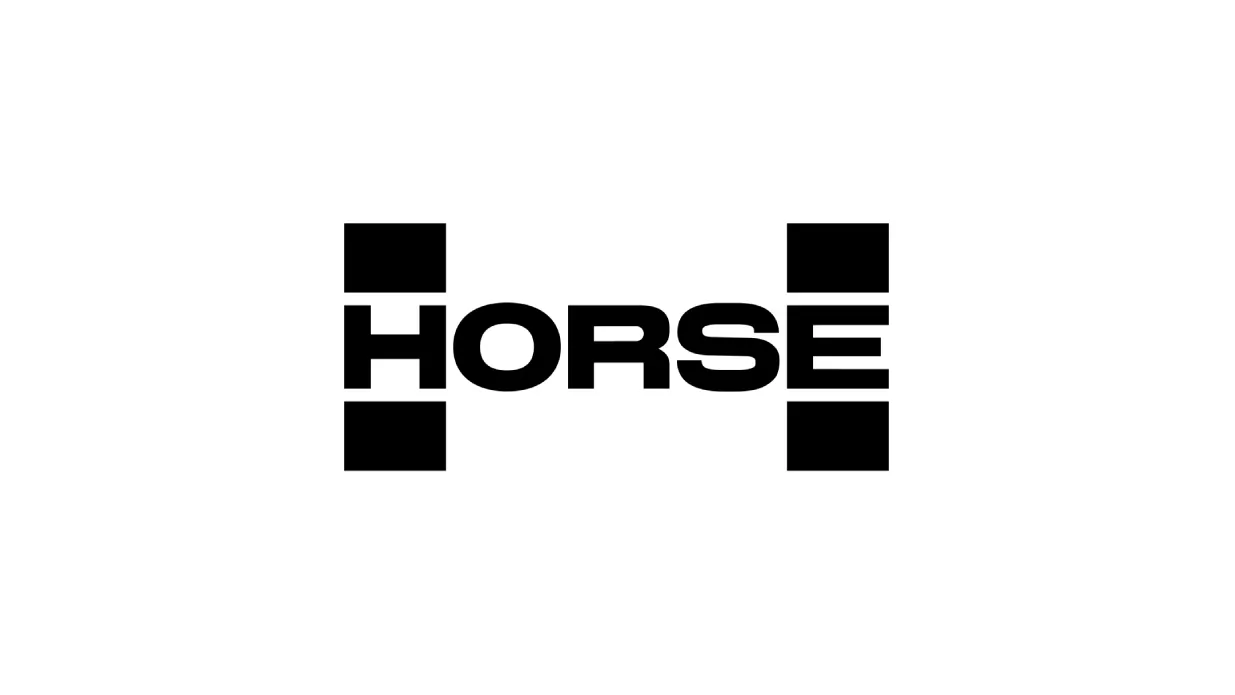10 JUN. 2024
HORSE commits to ‘2030 sustainability plan’
– HORSE unveils stringent ESG sustainability commitments as it works towards net zero by 2050
– Commitment to Net Zero Standard already submitted and approved by SBTi
– Far-reaching action plan spans network, operations and product range
– Key pillar aimed at strengthening environmental sustainability throughout the supply chain

HORSE, a global leader in innovative and low emissions powertrain systems, has launched its ambitious ‘2030 Sustainability Plan’, which commits the business to a wide range of stringent carbon-reduction and social-impact targets.
The company has already begun pursuing its pledges in its Environmental, Social and Governance (ESG) plan, with a commitment to Net Zero Standard already submitted to the SBTi (Science Based Targets initiative). The ultimate target is to become a carbon net zero sustainable mobility company by 2050.
By 2030, there are a number of key milestones that will already have been met by the company, covering operations, product range, as well as reducing emissions through the supply network.
Low emissions powertrains
A cornerstone of HORSE’s commitment is ensuring that 60% of total global sales are low-carbon engines by the end of the decade; with hybrid and flex fuel powertrains being joined by next-generation hybrid, lightweight range extenders, and synthetic and hydrogen-fuelled power solutions.
This commitment to sales of low carbon engines will result in a significant 29% decrease in emissions from sold product per kilometre (well to wheel), compared to 2023.
To achieve this, HORSE will increase the number of hybrid electric and plug-in hybrid powertrains it builds, plus add to its flex-fuel units. This includes E85 and E100 ethanol engines, as well as those powered by Compressed Natural Gas (CNG) and Liquified Petroleum Gas (LPG).
Patrice Haettel, Chief Executive Officer at HORSE, said: “We have embedded sustainability into everything we do, it is what will defines us: we are a company with a clear and firm commitment to both people and the planet. Our technologies contribute to the reduction of mobility’s carbon footprint and the energy transition needed to drive decarbonisation. We believe that we must do more than simply create low-emission propulsion solutions. We have to act as a transformation agent within the automotive sector to provide sustainable, responsible, and inclusive mobility.”
“As we move towards our 2050 goal of becoming carbon net zero, we understand there will be many challenges to overcome. However, with our spirit of innovation and expertise, along with a highly trained workforce, we are perfectly placed to achieve our ambitious goals over the coming decades.”
Positive production processes
The plan goes much further than just HORSE’s end product, with it also targeting reductions in carbon emissions at plants and its downstream network. This will result in a 42% reduction in scope 1 and 2 carbon emissions between 2023 and 2030.
By 2030, every HORSE facility around the world will use only renewable electricity to power operations. Currently, more than two-thirds of its factories already use renewable electricity.
Further improvements will be made to increase sustainability in the production process, with as much as 73% of the aluminium content being sourced from recycled materials, up from today’s figure of 66%. In addition, all production facilities will put in place a biodiversity assessment and planning processes that ensure a positive impact for the local environment.
People at its heart
At the heart of HORSE’s sustainability goals is an engaged, safe workforce that is fully committed to this journey. Within this commitment, all sites around the world will be certified under the Great Place to Work scheme.
HORSE has earmarked €3 million for social contribution projects in and around its production facilities. This funding will help empower employees and the local community to make positive impacts on their lives and nature.
Ethics as the guiding principle
HORSE will also ensure responsibility for sustainable production extends to its supply chain, with all partners being expected to meet its ESG requirements by 2030. These ethical and governance standards extend throughout its value chain and its commercial partnerships with third parties.
HORSE: a leader in Innovative Power Solutions
HORSE was created to provide highly efficient, low-emission engines, transmissions, and technologies to meet the varying power generation needs around the world. HORSE operates eight production plants across seven countries, three R&D centres and a head office based in Madrid, Spain – the company produces 3.2 million units per year for its customers around the world.